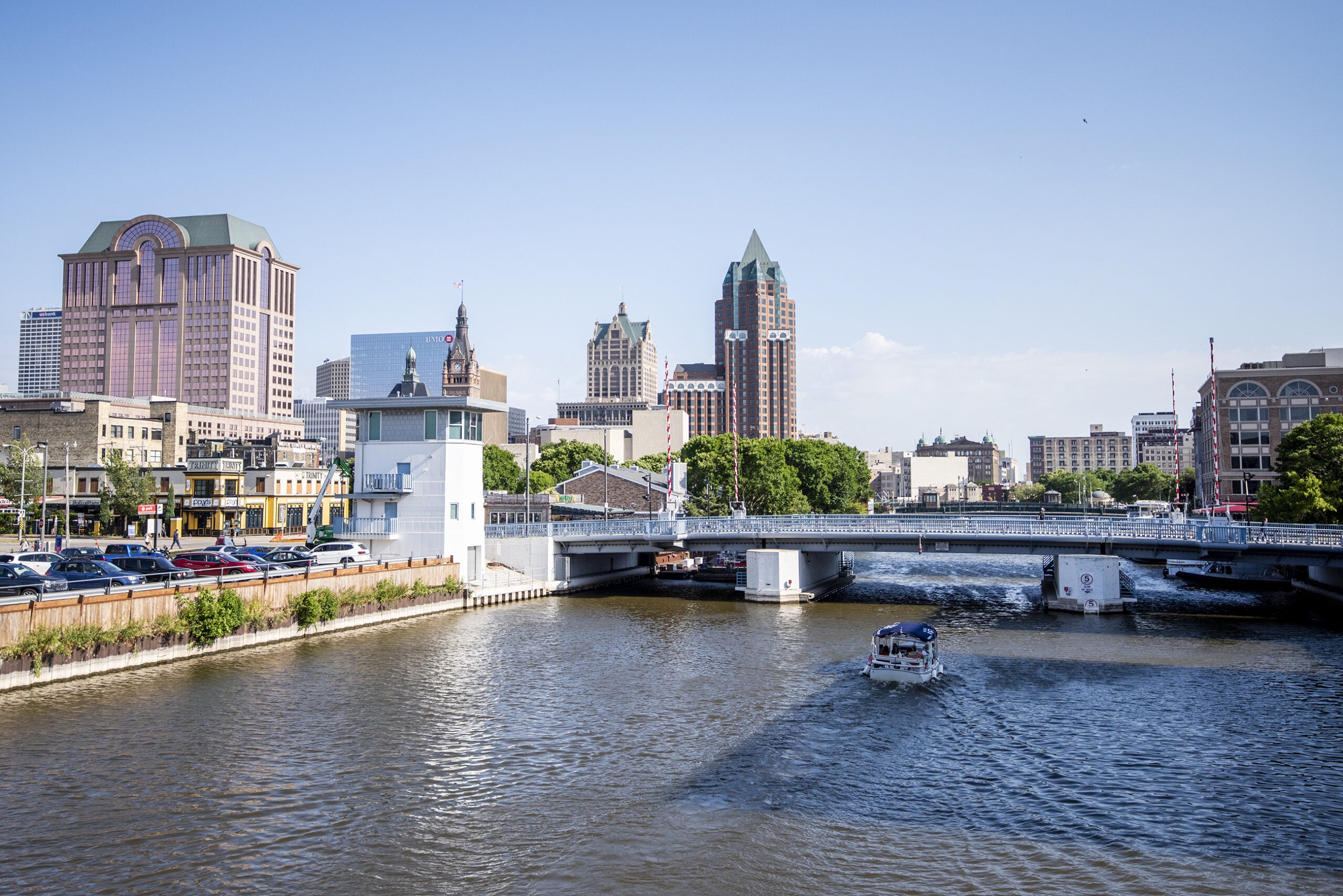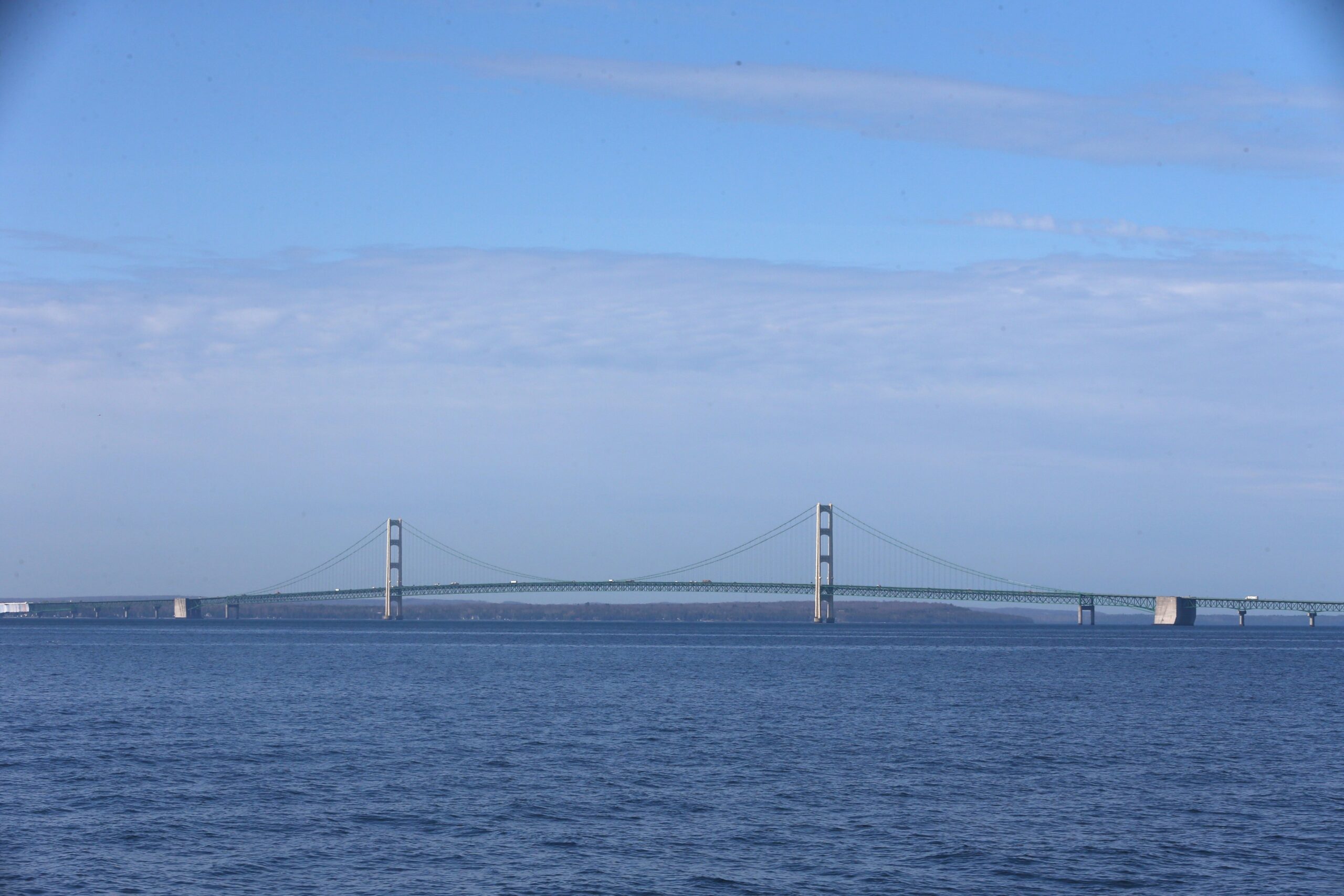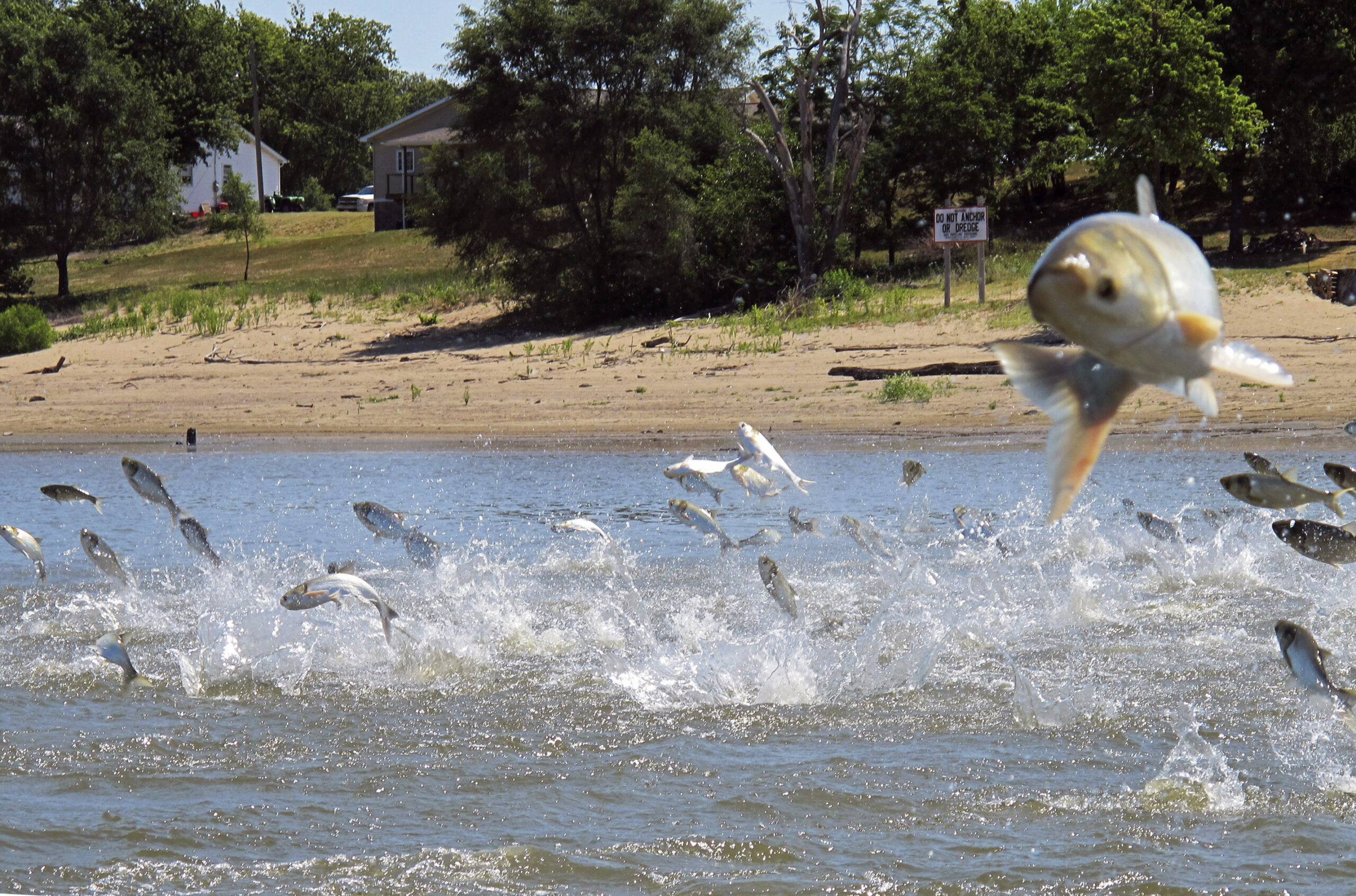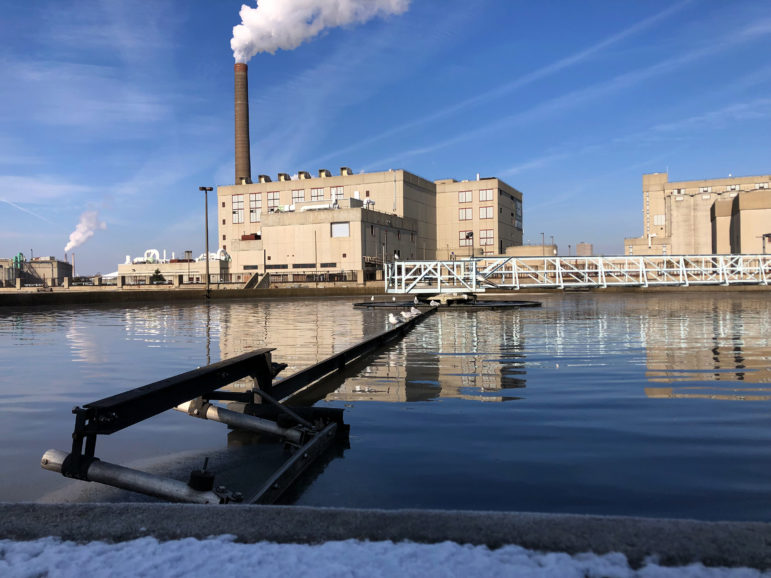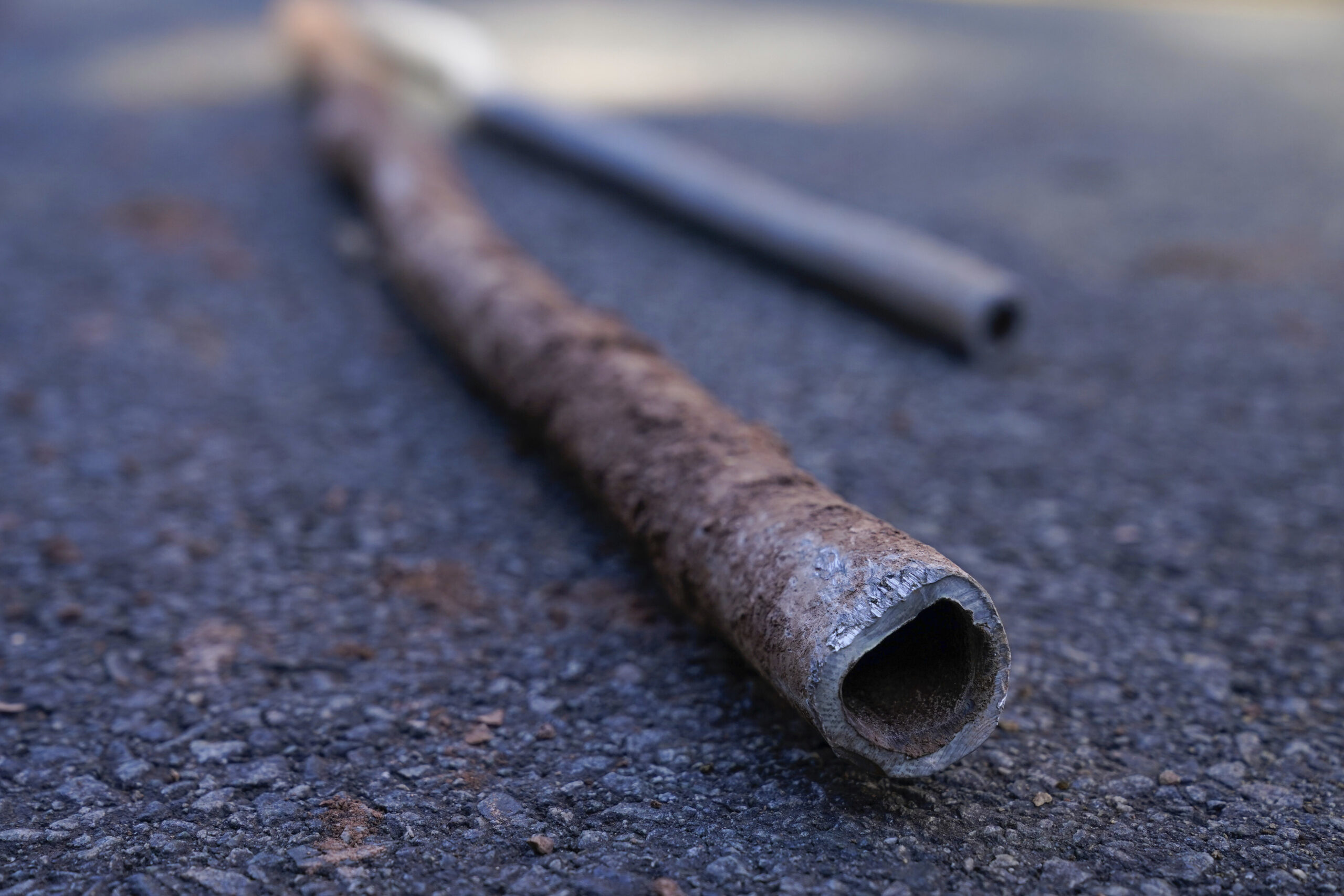Underserved communities will be able to access $30 million in environmental justice grants for restoration projects in the Great Lakes region under a new federal program.
The Environmental Protection Agency recently announced it’s setting aside the funds as part of the Great Lakes Environmental Justice Grant Program. The money is part of funding awarded through the Great Lakes Restoration Initiative included in the $1 trillion Bipartisan Infrastructure Law signed by President Joe Biden in 2021.
The grants will help advance environmental protection and restoration projects in communities that have been disproportionately affected by pollution in the Great Lakes region.
Stay informed on the latest news
Sign up for WPR’s email newsletter.
“The Great Lakes are national treasures that play a critical cultural, economic, and environmental role in the region and beyond,” said EPA Administrator Michael Regan in a statement announcing the program. “Thanks to the President’s historic investments in America, we’re removing barriers and moving faster to advance environmental justice across communities that have been overlooked for too long.”
As the president runs for re-election, the Biden administration is touting the investment as part of improvements tied to his legislative agenda, including the Bipartisan Infrastructure Law, American Rescue Plan Act, and Inflation Reduction Act. Biden has committed to advancing environmental justice as part of his Justice40 Initiative that directs agencies to devote 40 percent of the benefits from federal investments to disadvantaged communities that have been overloaded by pollution.
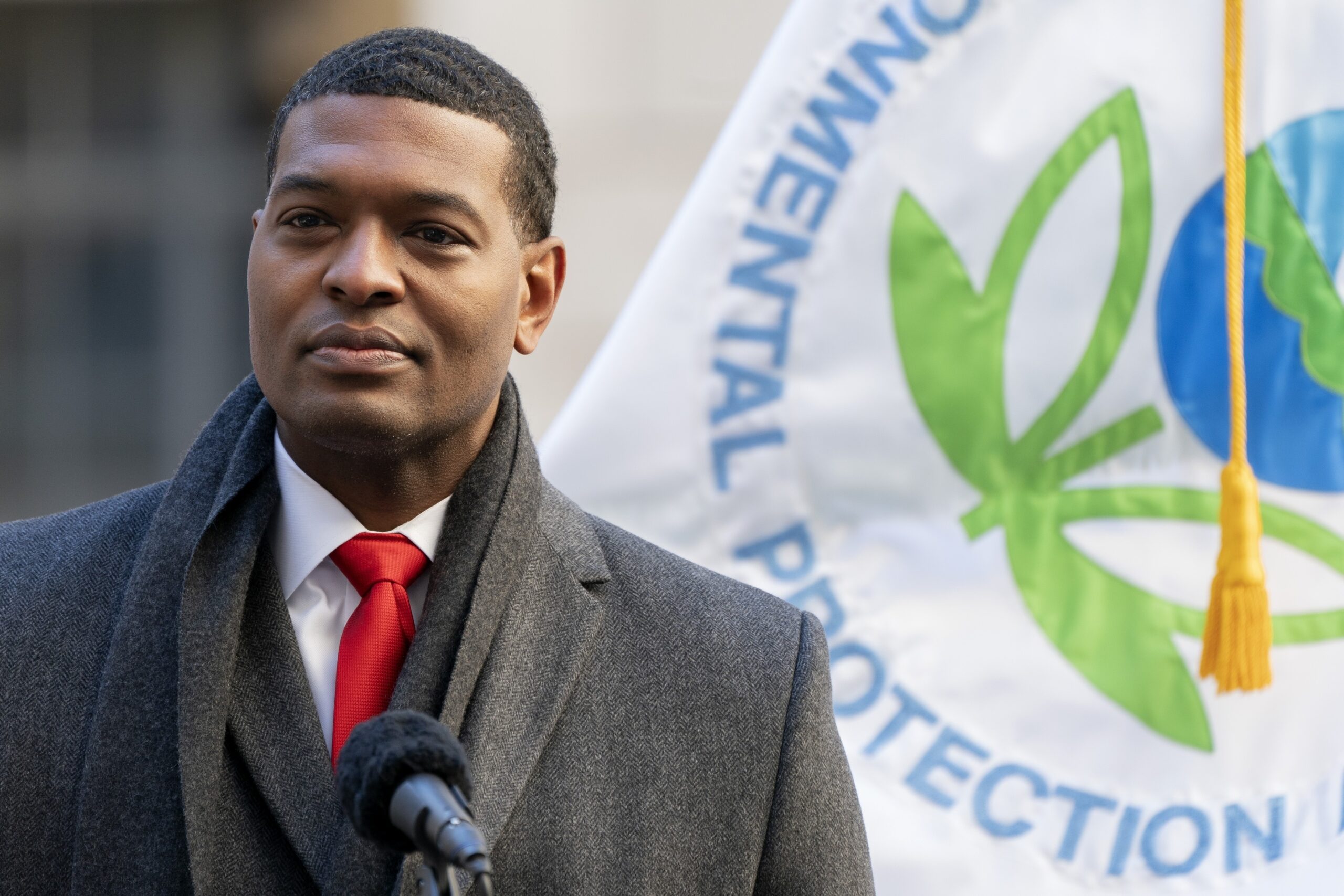
Under the program, the agency seeks to ease barriers for underserved communities to access funds by awarding money to “principal recipients” that may include nonprofit groups, universities, local governments, state agencies or tribes. Chris Korleski, director of the EPA’s Great Lakes National Program Office, said those groups would then run their own environmental justice grant programs.
“They’re the ones that the communities would actually apply to for direct funding for the actual implementation of Great Lakes restoration and protection projects,” Korleski said.
The process is meant to assist communities who may not have the staff or resources to apply for federal grants.
“I’m hoping that as (the funding) comes down, it eases some of the difficulties of working through the federal grant system by having another institution take that on,” said Brenda Coley, co-executive director of Milwaukee Water Commons. “And, then, they have a relationship with the community where they get advice, they check out what they’re doing, and alert people to what’s happening.”
Once programs are in place, funding can be awarded for restoring habitats, reducing stormwater runoff, controlling the spread of invasive species, or environmental education in the region.
The Great Lakes provide drinking water to 40 million people. A 2020 analysis found they support more than 1.3 million jobs that generate $82 billion in wages each year.
Congress has authorized funding for the Great Lakes Restoration Initiative to grow from $375 million as of September last year to a maximum of $475 million by 2026. The program has received bipartisan support from Congressional lawmakers, including Republican Rep. Mike Gallagher and U.S. Sen. Tammy Baldwin. Congress has allocated around $3.6 billion for more than 7,300 projects since 2010.
Last year, the Biden administration awarded an additional $1 billion to speed up cleanup of polluted sites under the Great Lakes cleanup program. The infusion of federal funds is intended to wrap up restoration activities at those sites by the end of the decade, including the Milwaukee River Estuary on Lake Michigan. It’s one of five sites in the state initially designated as a polluted hotspot under the Great Lakes Water Quality Agreement in 1987.
The river has large amounts of contaminated sediments that need to be removed. Industrial practices and poor wastewater treatment prior to the passage of the Clean Water Act in 1972 polluted waterfront areas with debris, oil, grease and waste.
Coley said people of color and low-income residents in Milwaukee often face barriers with access to clean water.
“This is the waterway they have,” Coley said. “They can’t travel two hours out to get to a cleaner, spring or tributary. They’re left with what’s here, and it’s not clean.”
Korleski said grants won’t be limited to restoration work at the state’s most polluted sites on the Great Lakes, noting the need is much broader than those areas.
The EPA uses an environmental justice screening tool to identify disadvantaged or underserved communities that are more susceptible to significant environmental impacts, but it’s not intended to label areas as an environmental justice community. The tool displays a community’s potential vulnerability based on multiple environmental factors like the presence of ozone pollution or hazardous waste. It also considers socioeconomic factors like the share of residents who are people of color, low-income, or lack a high school education.
Korleski said they’ll be asking applicants to identify their criteria for determining underserved communities. Coley said she would like to see data that shows the effects of the Great Lakes Restoration Initiative on communities of color that surround the water.
The EPA intends to award $30 million for one to six cooperative agreements with eligible applicants over a six-year span. Funding would be awarded to advance projects across the entire Great Lakes Basin or a specific region. The EPA is accepting applications through August 11.
Wisconsin Public Radio, © Copyright 2025, Board of Regents of the University of Wisconsin System and Wisconsin Educational Communications Board.
